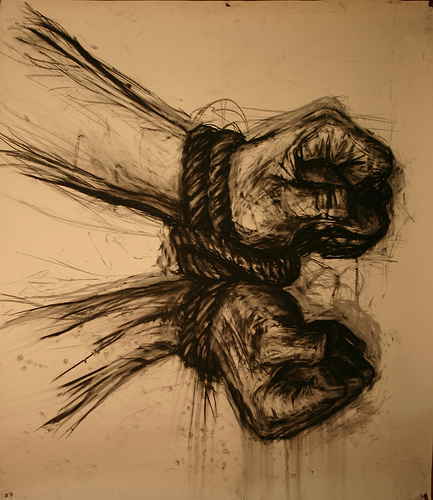“Now there were shepherds in that region living in the fields and keeping the night watch over their flock.”
(Luke 2:8)
Suddenly the shepherds hear the voice of an angel. Struck with awe they listen to the angel say, “Behold, I proclaim to you good news”.
“For today in the city of David a savior has been born for you who is Messiah and Lord. And this will be a sign for you: you will find an infant wrapped in swaddling clothes and lying in a manger.”
(Luke 2: 11-12)
The shepherds turn to each other and said, “Let us go, then, to Bethlehem to see this thing that has taken place, which the Lord has made known to us.” (Luke 2:15)
The shepherds make their way to the little town of Bethlehem. Days before their journey, Mary and St. Joseph travel to this place to take part in the census, even though the timing was not convenient for the expectant mother. The time for her to have her child was drawing near.
The Virgin consented to the impossible. An angel had visited her too. She gave her “fiat” to be the “handmaid of the Lord” and so the savior of the world was conceived. “The most sublime work of God’s mercy was accomplished: one Person of the Blessed Trinity, the second, came to do for us what we could not do for ourselves. Behold the Word, God’s only-begotten Son, “who for us men and for our salvation, descended from heaven and became incarnate” (Credo).” (Divine Intimacy #26, Fr. Gabriel of St. Mary Magdelen)
The shepherds hurry along prodding the sheep with them. What will they see?
Joseph and Mary arrive in the village, swarming with other pilgrims. It is night, cold and the time for the child’s birth is fast approaching. Joseph’s poverty as the head of the family is palpable. He must trust in God. St. Joseph trusts with “creative courage”. He arrived “in Bethlehem and finding no lodging where Mary could give birth, Joseph took a stable at hand, as best he could, turned it into a welcoming home for the Son of God come into the world.” (Patris Corde, Pope Francis)
With tender care and attention, Mary wrapped the infant Jesus tightly in cloth as any loving mother would do. Swaddling Him in strips of cloth so that He would be warm, snug and safely protected from the outside world now that He has left the womb. Swaddling infants is still something mothers do today. In past years, narrow stripes of cloth wrapped around a newborn helped to restrain a baby’s movement and quieten him to sleep more contently and prevent him from accidentally scratching his soft, fine skin.
St. Cyril of Jerusalem reminds us that Jesus was wrapped in swaddling clothes, placed in a manger, and was poor, vulnerable, dependent, and cold. The swaddling cloths foreshadowed the burial cloths. However, at His next coming, Jesus will be glorious – wrapped in light!
“For with you is the fountain of life, and in your light we see light.”
(Ps36:10)
The Lord’s binding as an infant was one of love. He submitted to Mary’s love and attention to his tender, fragile needs as an infant. As a matter of fact, all of His bindings were bonds of love. He was bound and taken by his enemies as His hands were tied and He was led away from the Garden of Gethsemane out of love for us. He was wrapped in bands of cloth for His funeral, but at the resurrection – glorified, He removed the cloths that bound Him.
Now the shepherds have their personal encounter with Jesus, led to this encounter by the Star to a poor manger with a little baby. A baby who will “bring peace on earth”. They behold the infant, a poor infant lying in the poverty of a manger, sleeping, resting. Together with the shepherds, we move from this sight of Jesus with faith to follow Him along His way of sorrows with the Cross.
This Christmas may we welcome the Savior. May Jesus find our hearts empty and poor with the poverty of the manger where He can come and find his rest. Seeing that only a poor heart can truly receive God, let us make room for Grace.

















 He wants you to become a living force for all mankind, lights shining in the world. You are to be radiant lights as you stand beside Christ, the great light, bathed in glory of him who is the light of heaven. You are to enjoy more and more the pure and dazzling light of the Trinity, as now you have received – though not in its fullness – a ray of its splendor, proceeding from the one God, in Christ Jesus our Lord, to whom be glory and power for ever and ever. Amen
He wants you to become a living force for all mankind, lights shining in the world. You are to be radiant lights as you stand beside Christ, the great light, bathed in glory of him who is the light of heaven. You are to enjoy more and more the pure and dazzling light of the Trinity, as now you have received – though not in its fullness – a ray of its splendor, proceeding from the one God, in Christ Jesus our Lord, to whom be glory and power for ever and ever. Amen